Stanley Village -
Part 2 - To Klondyke And Back
w/e 27 August 2006
All
this week's pictures were taken with a Kodak DX6490

 This
second part of our monthly series looking at Stanley Village
picks up the walk at the former Bridge Inn which is now a private
dwelling called Bridge Cottage (right) and continues along Derby
Road to its junction with Morley Lane. From here we will make
our second detour from the main route through the village by
turning left into the lane to follow it to the far end and the
area known as Klondyke before we retrace our steps back to Derby
Road. At the corner of Derby Road and Morley Lane is the White
Hart public house which is as good a place as any to commence
this part of the trail. This
second part of our monthly series looking at Stanley Village
picks up the walk at the former Bridge Inn which is now a private
dwelling called Bridge Cottage (right) and continues along Derby
Road to its junction with Morley Lane. From here we will make
our second detour from the main route through the village by
turning left into the lane to follow it to the far end and the
area known as Klondyke before we retrace our steps back to Derby
Road. At the corner of Derby Road and Morley Lane is the White
Hart public house which is as good a place as any to commence
this part of the trail.
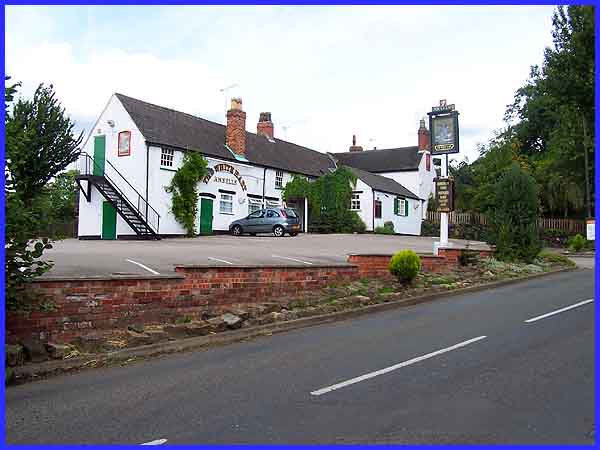
The Bridge Inn as we know has been converted into a private dwelling
but the White Hart at some time in its life experienced the opposite
conversion beginning life as a row of cottages. A former landlord
by the name of Mr. Fred Crooke virtually transformed the inn
into a hunting lodge which was frequented by members of the Earl
of Harrington Hunt when hunting 'meets' were held there.
|
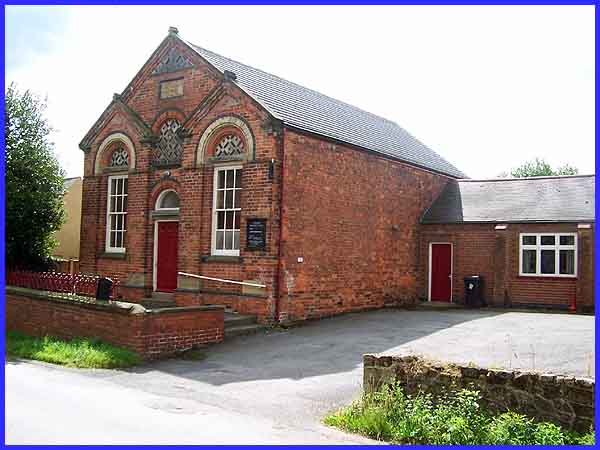
Not far from the White Hart, just a little way into Morley Lane
is the Methodist Chapel. This was built about 1882 and was traditionally
a hive of activity on Whit Sunday each year when the Sunday School
Anniversary was celebrated. It must have been a wonderful sight
to see the procession from the Felix Bus Garage at the far end
of the village to the Brickyard (seen in Part 1 of this series)
in its heyday. Even the chapel organ featured in the procession
being transported by horse and trap.
|
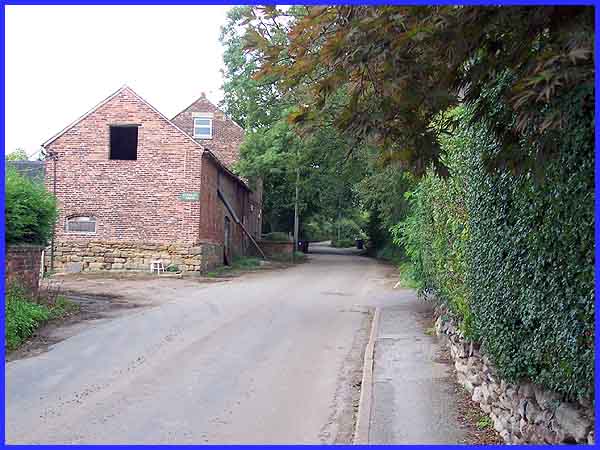
Our route now takes us along Morley Lane, today an eclectic mix
of old and new properties but which was little developed until
the turn of the nineteenth/twentieth century. It is possible
though to find views such as this where time appears to have
stood still.
|
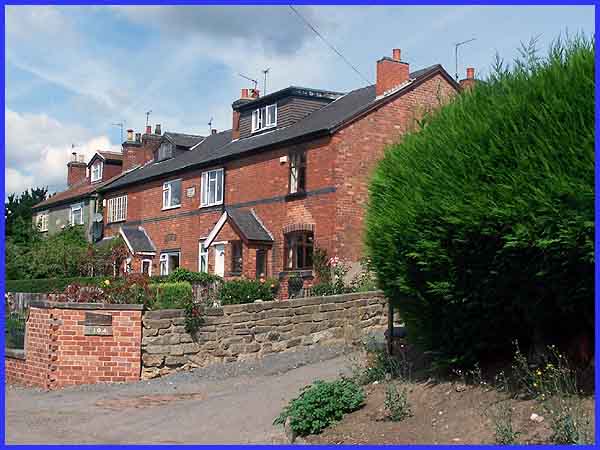
At a bend in the road, Morley Lane is joined by Common Lane,
the only direct link by road to Stanley Common, part of the same
parish as Stanley Village but in reality a separate entity, that
does not mean leaving and re-entering the parish. But we need
to keep left at this road junction to reach the area known as
Klondyke. The houses here were built by the Derbyshire Kilburn
Colliery Company with bricks made at their 'footrill' colliery
(drift mine) at about the same time as the Klondyke more usually
associated with the Gold Rush of 1896.
|
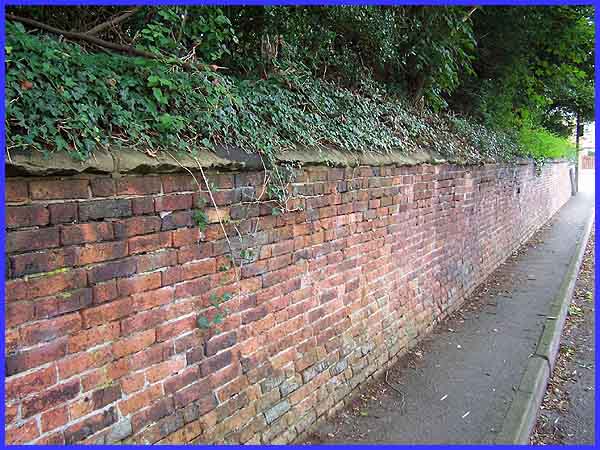
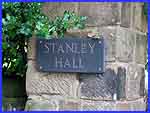 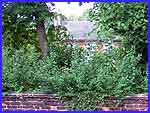 Back at the
Derby Road end of Morley Lane we can see brickwork from even
earlier as it is believed that the wall around the grounds of
Stanley Hall came from a row of thatched cottages that stood
there until the early 1800s. Only tantalising glimpses (right)
over the wall and through the bushes and trees that surround
the nineteenth century building can be seen from the adjacent
road. Back at the
Derby Road end of Morley Lane we can see brickwork from even
earlier as it is believed that the wall around the grounds of
Stanley Hall came from a row of thatched cottages that stood
there until the early 1800s. Only tantalising glimpses (right)
over the wall and through the bushes and trees that surround
the nineteenth century building can be seen from the adjacent
road.
|
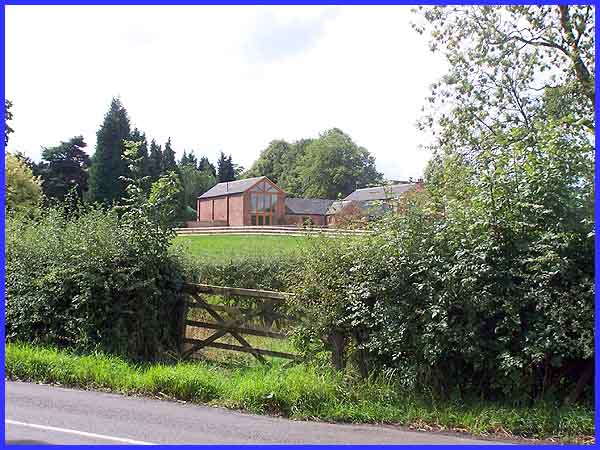
There is a better view of the barn at the Hall from further on
in our walk where it is obvious that no expense has been spared
in the tasteful renovation and modernisation of the building
and its conversion into a private residence. The Hall itself
though has a dark episode in its history for it was here 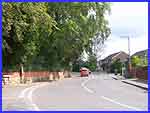 that it witnessed
a brutal murder back in 1842 when Miss Martha Goddard was battered
to death. Three men from Heage were found guilty of the murder
and were publicly hanged in Derby in 1843. An account of the
murder which is not for the squeamish may be read on Alan Bloor's
Stanley "One - Place" Study website - click here. that it witnessed
a brutal murder back in 1842 when Miss Martha Goddard was battered
to death. Three men from Heage were found guilty of the murder
and were publicly hanged in Derby in 1843. An account of the
murder which is not for the squeamish may be read on Alan Bloor's
Stanley "One - Place" Study website - click here.
And at that gruesome point we'll leave this part of walk around
Stanley but will continue our look at the village when we resume
at the Morley Lane/Derby Road junction (right) near the White
Hart in Part 3.
|

